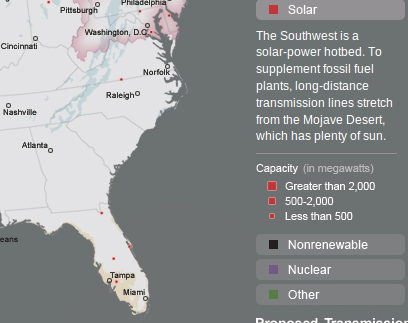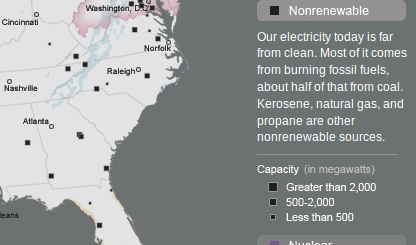-jsq
Continue readingFrom: Leigh Touchton
Date: Wed, 22 Sep 2010 20:04:48 -0400
Subject: Mr. Lofton once again misrepresents the facts
To: wace-georgia@googlegroups.com
Cc: blofton@industrialauthority.com, [and the VDT and some elected officials and other interested parties]Dear WACE:
1. Mr. Lofton stated: “Despite what Mrs. Touchton stated, we’ve been in touch with the Massachusetts and Florida EPD, and in no way, shape, or form is either state banning biomass facilities. In fact, there are 15 scheduled now for New England, many in Mass, and a number in Florida. There have been discussions regarding the level of incentives (tax credits) allowed, but no moratorium. We’ll be happy to share our contacts with you.”
I would like for Mr. Lofton to share his contacts with WACE. Because previously his contacts at the Sierra Club were misrepresented by him. Sierra Club does NOT endorse Biomass Incineration, neither does any other major environmental organization in America.
I would also like Mr. Lofton to share his private email list of stakeholders with WACE, in particular the investors, because I would like to share some information with them. I expect transparency in our public officials and his refusal to address my letter to the editor of the Valdosta Daily Times in the same newspaper in which it was published does not lead me to believe that he is operating in good faith. I am very disturbed that any public official would state that they did not want to “energize a forum for misinformation” regarding published concerns in the local newspaper. Mr. Lofton has a duty to respond to all citizens’ concerns publicly. I am very disturbed that he thought he could privately email a group about my published letter to the editor and that the first I learned of it was nearly a month after he did so. And no, I still don’t wish to have a private telephone conversation with him or a private meeting with him, I’ve been reading all the public documents that have resulted from his supposed lengthy due diligence period. As I stated, the first I learned of this proposed biomass incinerator was when the EPD called for public comments. Mr. Lofton and Councilman James Wright were both invited to the June Women in the NAACP meeting and neither man showed up so I don’t really care to engage in who didn’t return whose phone calls. Additionally he could have made contact with the schools and churches in the area, or attended an SCLC or NAACP meeting but he did not. All our our meetings are open to the public, unlike his private list of stakeholders.
Here’s one internet article on the moratorium in Massachusetts.




